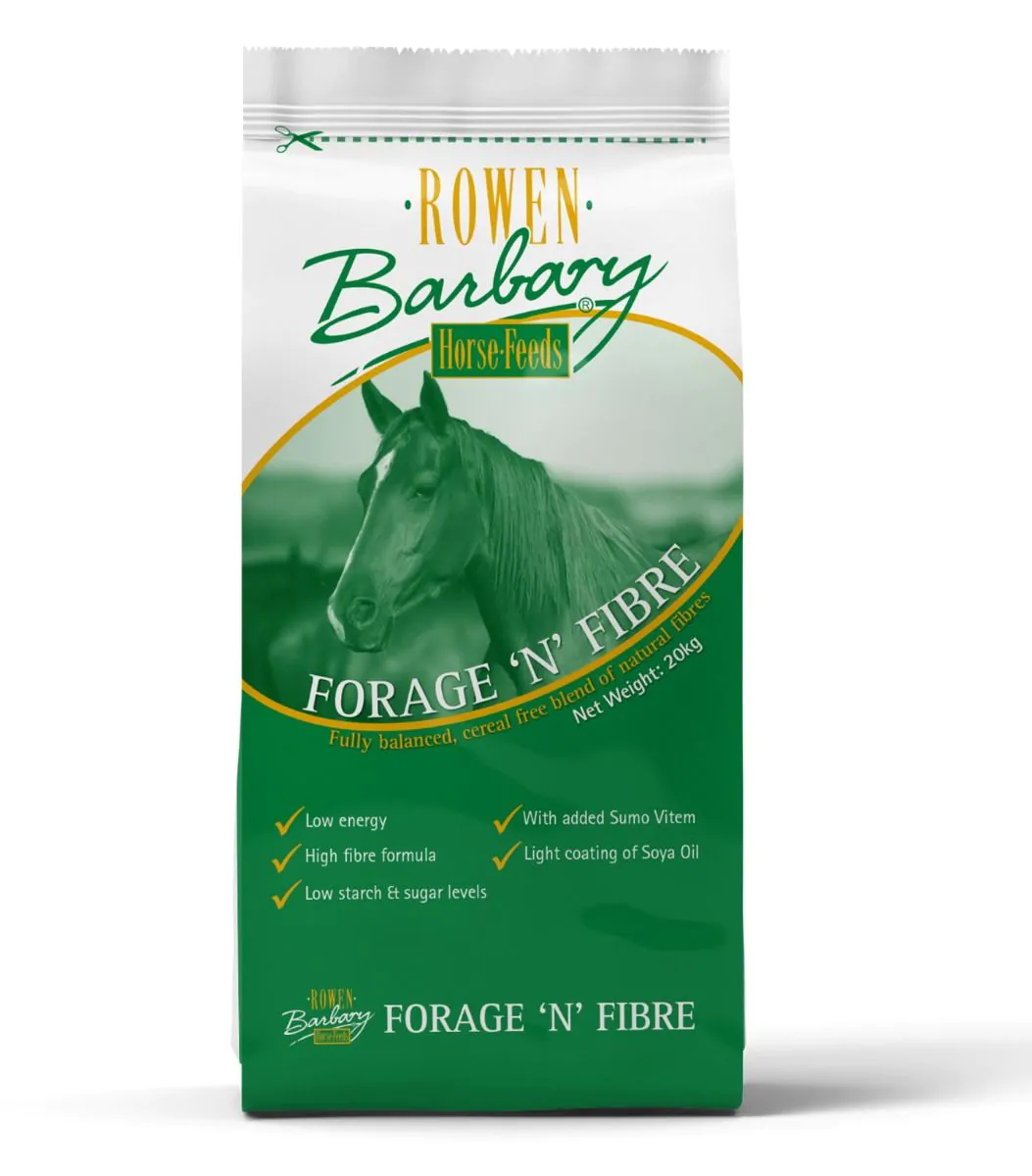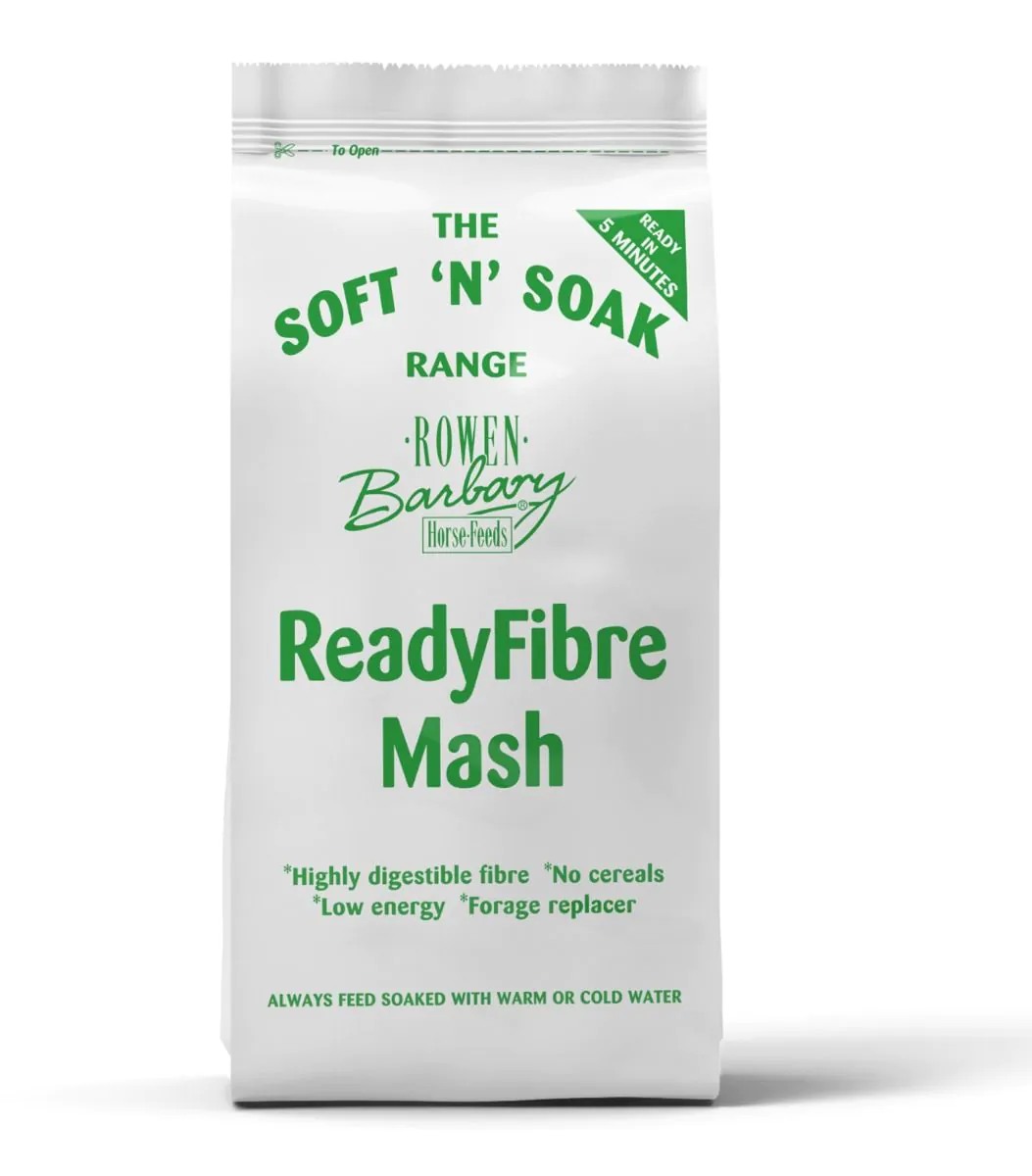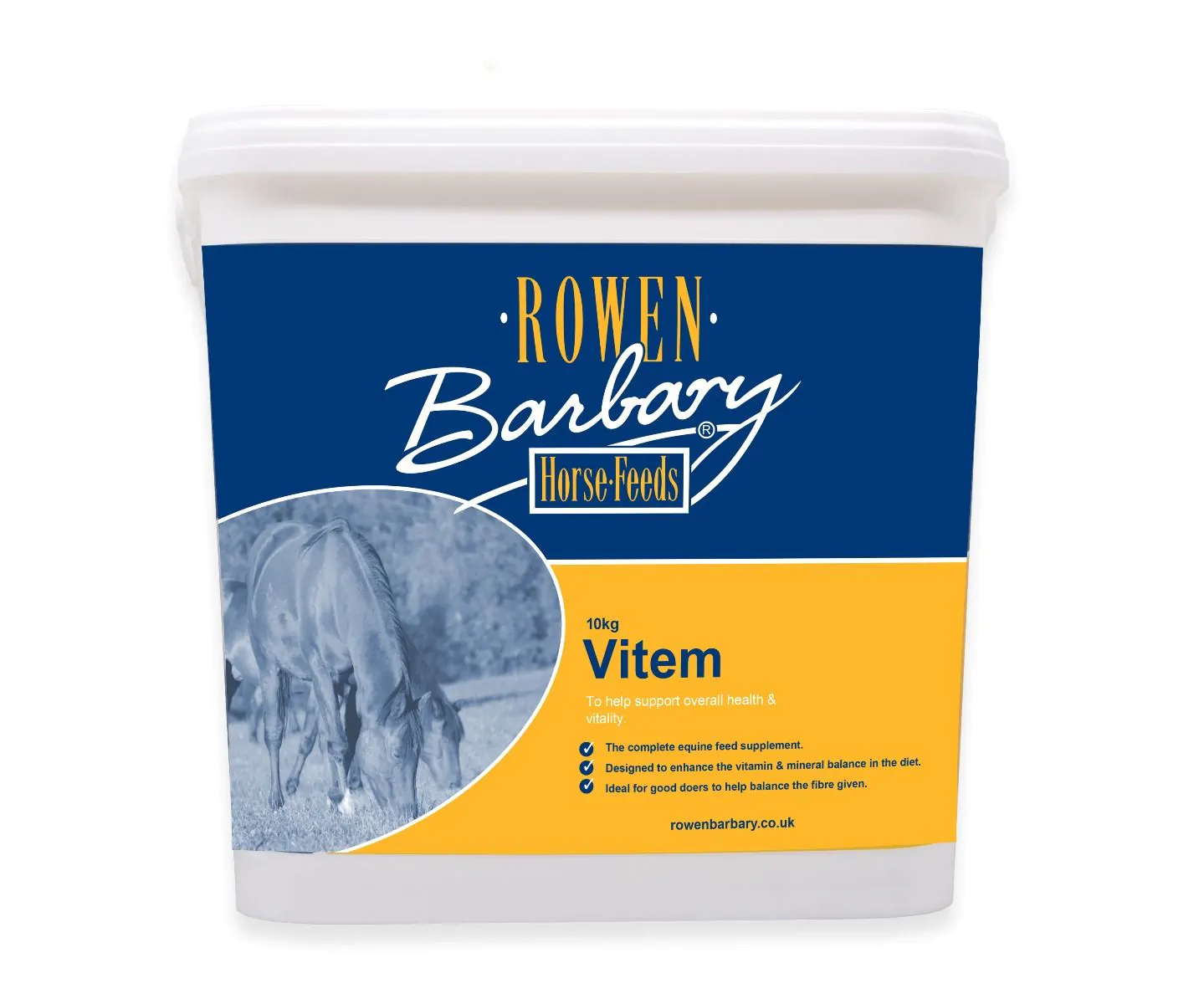- 24th May 2023 by Rowen Barbary
Making Sense of Laminitis
Laminitis is a common, extremely painful condition estimated to affect 1 in 10 horses every year.
Although any horse or pony can be affected by laminitis, some can be more susceptible than others with up to 90% of laminitis episodes linked to an underlying hormonal disorder, while excess weight gain can more than double the risk of laminitis developing. Therefore, it is crucial to carefully monitor your horse to help prevent future episodes.
Weight Watching
It is important to monitor your horses bodyweight and to be careful to not allow your horse to become too fat as obesity is a predisposing factor in the onset of laminitis. Use a weigh tape to monitor your horses weight weekly as this will allow you to identify any changes in condition early on so that any action can be taken quickly.
A horse of moderate weight should have a layer of fat over the ribs so that they are not visible but easily felt with the rump beginning to appear rounded and hip bones just visible. Shoulders and neck should blend smoothly into body.
If you horse is overweight it is important that weight loss is achieved, although it is crucial that this happens gradually without causing any stress. For horses that are overweight a high fibre diet should be fed choosing stalkier hay that offers a lower nutritional value. It is also a good idea to consider soaking hay before feeding as it has been found that soaking hay for up to an hour can get rid of 56% of its water-soluble carbohydrates.
Grazing Dangers
Spring and autumn are well known risk factors for laminitics when we see a flush of grass growth, but it is also recommended to avoid turning out on frosty grass in winter when fructan concentration is high. If a lot of grass is available strip grazing will help limit the horses total grass intake as will periods of turnout in a grazing muzzle. For some horses it may be necessary to limit turn out time and this should be done when the fructan content of the grass is at its lowest.
The level of fructans in grasses rise during the day, peaking in the afternoon to early evening so allow your horse to graze in the very early hours of the morning when the level of fructans in the grass will be at there lowest.
The horse’s fibre intake however should not be comprised and it is important that the fibre levels are maintained to ensure healthy gut function.
Starch Overload
Many owners often over estimate the amount of work their horse is doing which can lead to over feeding resulting in weight gain. Reducing the incidence of laminitis is most effective through dietary management so it is important to reduce the amount of starch from cereals that reaches the hindgut.
Studies suggests that feeds below 10% - 12% are classed as low in starch but if you do have a horse with any dietary concerns then it is always best to check the nutritional analysis found on the back of the feed bag or contact the manufacture directly to find out the starch content of the feed.
Where cereals are required, it is seen that most manufactures cook the cereal content of their feeds to increase digestibility of the starch content. This concentrated source of energy is ideally utilized in the small intestine but if too much is consumed at any one time, then it passes into the hind gut where it can disrupt the bacterial population so it is important to follow the simple dietary rule of ‘feeding little and often’.
Most horses will do well on a simple high fibre feed that supplies low energy levels necessary for horses in light to moderate work. Supplements can also be useful to feed alongside a high fibre diet to help ensure the horse is receiving a fully balanced diet whilst keeping starch to a minimum.
Alternative Calorie Sources
Building condition on an underweight laminitic should be done slowly, through a diet that is high in calories. Most conditioning feeds should be avoided in this instance as they are likely to be too high in starch unless they are specifically formulated for horses suffering from a starch and sugar intolerance.
Oil is a great source of calories and current research has proved that oil can be an extremely beneficial source of slow-release energy, providing twice the amount of energy as carbohydrates from the more traditional cereals. When feeding pure oils, it is important to include additional antioxidants in the diet such as Vitamin E and Selenium to help ensure efficient oil utilisation. Alternatively manufactured high oil supplements can be fed which should already including the necessary nutrients.
Rowen Barbary products suitable for feeding to laminitic horses include Forage ‘n’ Fibre, ReadyFibre Mash, Solution Mash and Sumo Original, with Vitem and Keep Well also being very useful for horses prone to laminitis to help ensure a fully balanced diet is fed.

All manufacturing at Rowen Barbary is carried out in a state of the art mill located in the heart of the Shropshire countryside. We use only the highest quality ingredients sourced, where possible, from local farms before they are blended by our dedicated team in our UFAS audited mill.
Rowen Barbary also conforms to BETA NOPS guidelines with raw materials & finished feeds regularly laboratory tested to ensure that every bag of feed continues to meet not only ours, but also your high standards.




